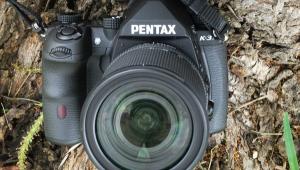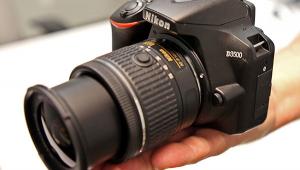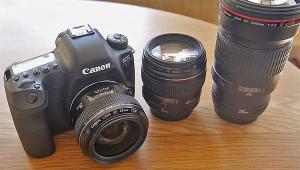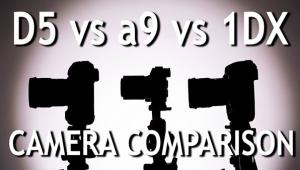Nikon D5600 DSLR Review
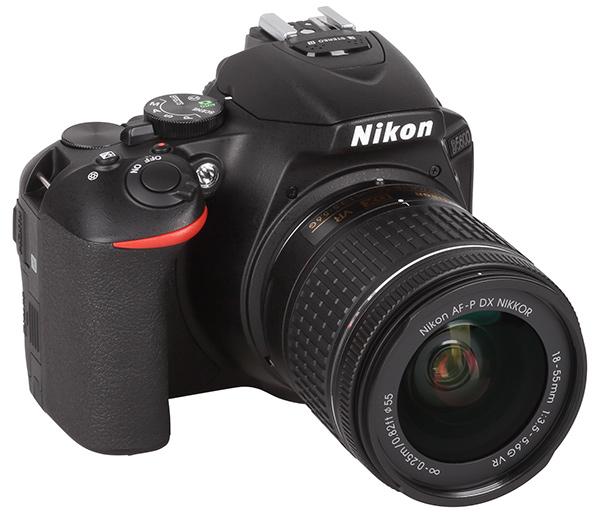
(Editor’s Note: Lab Review lab tests and comments are supplied by BetterNet, Shutterbug’s TIPA-affiliated testing lab and edited by George Schaub. TIPA is a worldwide association of photo and imaging magazines.)
The new Nikon D5600 is a midrange DSLR camera based around a 24.2-megapixel DX-format (APS-C) sensor. The sensor offers the same resolution as the previous D5500. The same goes for the image processor—the Expeed 4 system—that was used in the D5500, which was launched two years ago (January 2015).
The basic design of the new Nikon D5600 camera is also nearly identical to its forerunner. The D5600 offers a classic DSLR body with a large and handy grip on the right-hand side. The new camera body is only five grams lighter than the D5500.
Features, Build & Handling
In general, the improvements and new functions, when compared to the D5500, are few. The major update is the incorporation of Nikon’s SnapBridge system, a very helpful feature for all photographers who want to share their images directly on the web and use their smartphone as a remote control.
SnapBridge is based on Bluetooth, a power-saving technology that can keep a connection between a mobile device and the D5600 even when the camera is switched off, thus allowing transfer of images to the smartphone between photo sessions.
When using the smartphone as a remote control device the Nikon D5600 offers a WLAN/Wi-Fi connection. The SnapBridge software will automatically toggle between Bluetooth and WLAN connections when larger image files are transferred or when working with live preview.
While the remote control doesn’t allow for manual exposure settings, there are many handy features. For example, the photographer can determine the desired focus area and hit the shutter button on the smartphone monitor to start still image or video recording. (In our Field Review of the Nikon D3400 in the February 2017 issue of Shutterbug we covered how SnapBridge works in real-world usage. You can see that review at: http://bit.ly/2lM77eQ.)
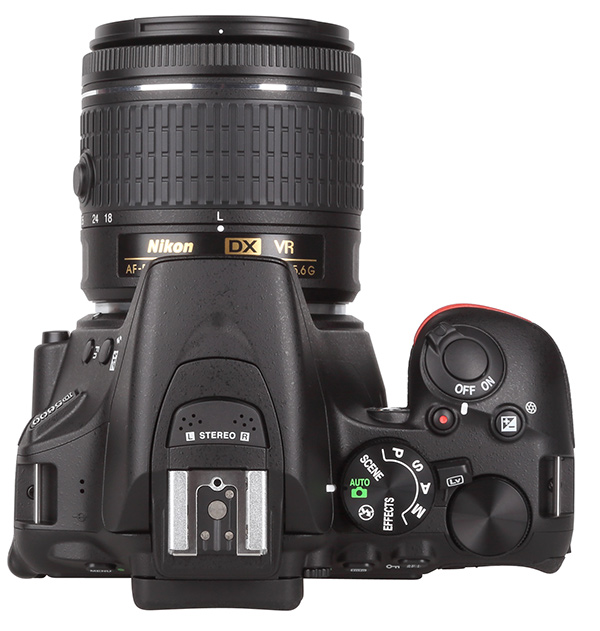
The compact but robust body of the Nikon D5600 is well balanced and offers easy handling. Function buttons and other setup elements are quite accessible. The camera offers only one parameter dial. To toggle between aperture and shutter speed changes, the photographer has to press the “+/- EV” compensation switch on the top.
A large mode dial on the top allows for setup of standard exposure modes like P, S, A, and M. There are also additional scene modes like Portrait, Landscape, Sport, and more. To activate these modes the photographer has to use the SCENE setting on the mode dial and choose the desired program in the menu on the screen. In addition to the scene modes the Nikon D5600 offers EFFECTS on its mode dial such as High Key, Low Key, Vivid Colors, and Miniature.

The Nikon D5600 has a large “Lv” lever on the top to activate the live preview on the LCD screen. This Lv mode has to be activated to start video recording. The live preview on the screen offers a field of view of 100 percent, while the optical SLR viewfinder, which is large and bright (0.85x magnification factor for a 50mm f/1.4 lens), unfortunately only offers 95 percent. The camera records JPEG images and 14-bit Nikon Raw images. Images and videos can be recorded on SD/SDHC/SDXC cards.
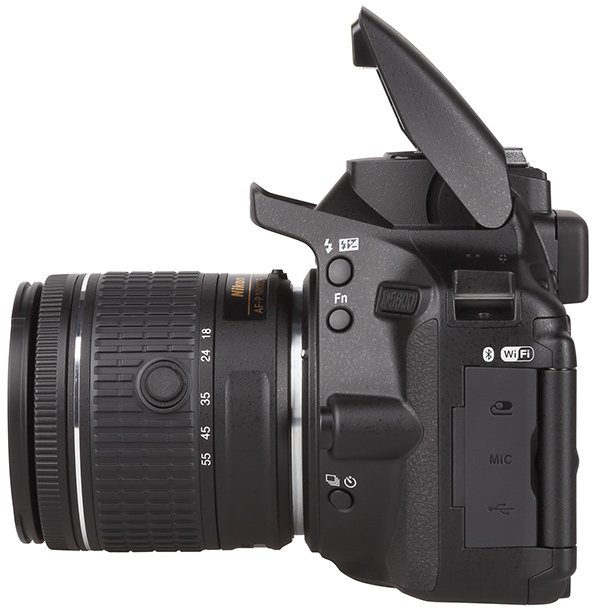

Comments on Image Quality
Color: The new Nikon D5600 reproduced the color test chart with an average saturation of 113.2 percent, although most colors in the standard test shot aren’t oversaturated. The high average result of the test chart is based on the very intense and very saturated reproduction of blue colors, which are quite boosted. Skin tones and some red nuances show a slight shift into the orange area of the color space. The white balance system did a very good job: gray patterns of the test chart are located in the center of the result chart. The model shot shows a shift to more greenish nuances. The colors of the Raw format portrait image (flash with a 5000K color temperature setting) look natural.
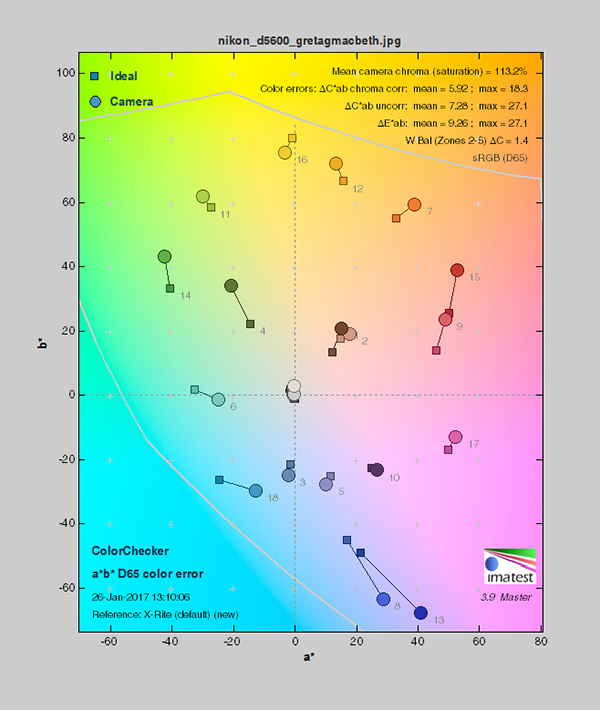
Sharpness: The standard test images have a little smoother look than images taken with other APS-C SLR cameras. The resolution is very good. The Nikon D5600 reproduced the ISO 12.233 chart with 3,724 of 4,000 lines per picture height. The camera showed some over/undershot effects. The resolution tests were done with the AF-S Micro Nikkor 60mm f/2.8G ED, while the standard test shots were done with the D5600 kit lens, the AF-P DX Nikkor 18-55mm f/3.5-5.6G VR.

Noise: There were good results in our noise tests. The luminance noise level of the Nikon D5600 is a little higher than the results of other cameras with an APS-C-sized sensor. At ISO 100 and ISO 200 the y-factor is about 0.8 percent. Color noise isn’t visible in images taken with ISO 100 and higher, up to ISO 3200. At ISO 3200 color noise effects and anti-noise filtering done by the processor creates a “film grain” effect. At ISO 12,800 and ISO 25,600 these effects get annoying. At ISO 25,600 mode the combination of noise and filtering has a distinctly adverse effect on the image.

The camera performed very well in the dynamic range tests. The D5600 achieved a maximum of 11.1 f/stops and keeps a high level of more than 10 f/stops between ISO 200 to ISO 3200. At higher ISO speeds the dynamic range drops drastically (down to 8.94 f/stops at ISO 25,600 mode).

Comments on Video Functions
The Nikon D5600 offers standard video capabilities. It records Full HD videos (1920x1080 pixels) with high frame rates up to 60 frames per second (fps). In addition, it can record in Blu-ray-compatible mode with 24 fps. The D5600 can record videos in PAL or NTSC mode. In PAL mode it offers 25 and 50 fps. The video clips are recorded as Apple QuickTime files. These MOV files are used as a container format because the internal video recording format is H.264.
To record videos the photographer has to switch the “Lv” lever on the top to activate live preview on the screen. In live preview mode the photographer then presses the “video record” button on the top. The Nikon D5600 allows for video recording using all standard exposure modes like P, S, A, and M. In manual mode aperture and shutter speed settings can also be set. The manual ISO speed setting is available in M mode. The camera doesn’t use an ISO speed limiter for video recording and movies can be recorded even at ISO 25,600.
The camera offers manual sound level control. For better sound quality it offers a 3.5mm microphone jack, which is compatible with Nikon microphone systems and numerous third-party products. All images and videos are recorded onto SD cards—all card types up to SDXC (UHS-I). The camera offers standard data rates with about 22 Mbit/s so it will work with all current SD cards and doesn’t need very fast SD cards for video.
Comments on Video Quality
The Nikon D5600 produced standard video results. The resolution chart was reproduced with 744 of 1,080 lines per picture height. Even though it is only an average result, videos produced by the D5600 have a little over-sharpened look. The sharpness filtering on hard contrast lines is very intense; Imatest gave a clipping warning on the resulting chart, which means that contrast lines are exaggerated and can show double contours.
The color results are better: the automatic white balance system caused a slight bluish shift but only minor color errors for skin tones. The dark blue nuances are boosted (just as in photo mode). Noise results are excellent. Due to pixel binning the camera records the 2MP video frames with extremely low luminance noise (only 0.31 percent at ISO 100). Color noise becomes visible at ISO 6400 and higher. Dynamic range is very good: the D5600 recorded videos with up to 10.8 f/stops.
Scorecard
Pros
+ Very good image quality
+ Robust and compact body
+ Easy handling, with a lot of helpful scene modes/effect modes for beginners
Cons
- Optical viewfinder with only 95 percent field of view
- Minimal changes from previous model
The Nikon D5600 (body only) has a list price of $699; with the 18-55mm kit lens, $799. For more information, visit nikonusa.com.
(Lab Review is where we publish web-exclusive lab reports on cameras. To read more Lab Reviews, click on the Reviews tab on the top navigation bar of this page. New photo gear reports are published frequently, so check Reviews for more equipment evaluations from Shutterbug writers.)


